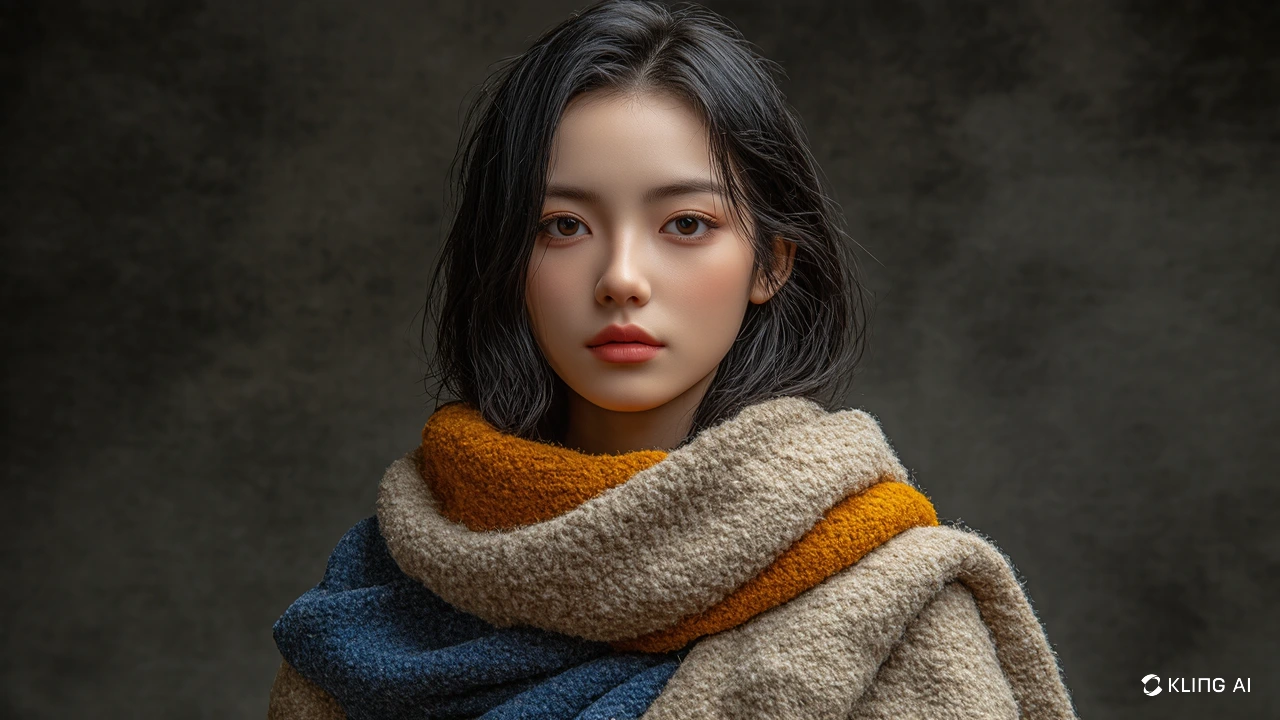How to Draw Clothes: Mastering Fabric Folds, Drapes & Textures

👗 How to Draw Clothes, Folds, and Fabrics – Mastering Fabric Flow in Illustration (2025 Edition)
Clothing adds realism, personality, and storytelling power to any character design. Whether you're sketching fashion figures, comic heroes, or dynamic animation frames, understanding how fabric moves, folds, and reacts to forces like gravity and motion is key to making your drawings come alive.
This comprehensive 2025 guide walks you through step-by-step fabric drawing techniques, from material behavior to fold types, realistic details, and movement rendering.
🧵 Section 1: Fabric Types & Their Drawing Characteristics
Different fabrics behave in different ways. Recognizing how materials fall, stretch, or resist helps you create accurate and expressive garments.
👚 Thin Fabrics (e.g., Silk, Chiffon):
Folds: Sharp, tight, angular
Movement: Reacts quickly to wind or body motion
Rendering Tips: Emphasize crisp edges and contrasting shadows
🧥 Thick Fabrics (e.g., Wool, Denim):
Folds: Rounded, fewer but deeper
Structure: Holds shape better, especially in jackets or heavy pants
Rendering Tips: Use soft blending for bulk and heavier shadows
🧶 Stretchy Materials (e.g., Spandex, Knitwear):
Tension Points: Stretches around joints like elbows and knees
Compression Marks: Subtle stress lines over muscles
Rendering Tips: Include tight wrinkles that hug contours
Material Tip: Choose your fold type based on the garment and fabric behavior—not just pose!
📐 Section 2: The Physics of Folds – What Causes Wrinkles?
Fabric follows form and force. Folds emerge from gravity, pressure, movement, and body shape. Knowing the types helps you place them naturally.
✳️ Fold Types to Know:
Compression Folds: Form where fabric is pushed together—elbows, backs of knees
Hanging Folds: Straight drapes caused by gravity—great for cloaks or coats
Spiral Folds: Wrap around arms or legs like ribbon twists—seen in sleeves or tights
Pipe Folds: Even, vertical folds—perfect for pleated skirts or curtains
💡 Drawing Tips:
Use flow lines to track motion direction
Establish a force map (gravity vs. body resistance)
Combine multiple fold types in complex poses
Physics Insight: Think of fabric as a flexible skin reacting to every bend, twist, and pull.
🌊 Section 3: Creating Natural Flow and Volume
Flat clothes kill realism. Folds must be layered, curved, and directional to sell believable form.
✏️ Techniques for Natural Fabric Flow:
S-Curves: Organic lines make the drapery feel fluid
Line Weight Variation:
Thick for shadow/fold base
Thin for fabric tips and highlights
Overlapping Layers: Avoid parallel folds—use staggered overlaps for realism
📏 Volume Tricks:
Leave negative space around flowing garments
Use intersecting shapes to anchor folds to structure
Incorporate cross-contour lines to reinforce curvature
Form Tip: Draw garments as 3D objects wrapping around cylinders or cubes—not as 2D stickers.
🔍 Section 4: Realistic Fabric Details – Bring Clothes to Life
Fabric isn't just about folds—it includes seams, texture, stitching, and stretch marks that bring your drawing to the next level.
🧵 Detailing Essentials:
Stitching Lines: Use dashed or double lines for visible seams (denim, outerwear)
Wrinkles & Stress Points: Small creases near armpits, waistbands, or zippers
Fabric Texture: Use dotting for wool, hatching for denim, blending for silk
🎨 Pattern Distortion:
Plaids, florals, or logos must follow the fold lines
Use perspective warp in digital tools or draw distortion manually for realism
Detail Tip: Less is more—place wrinkles and texture strategically to avoid cluttering the form.
🌀 Section 5: Conveying Motion Through Fabric
Fabric tells a story when in motion. Use it to reinforce direction, drama, or atmosphere in your character art.
🏃♂️ Motion-Focused Folds:
Wind: Fabric stretches diagonally or streams backward
Jumping/Running: Stretch lines appear at hips, shoulders, knees
Dancing: Skirts flare outward, sleeves twist
🌧 Special Scenarios:
Wet Fabric: Clings to the form, reducing fold quantity but increasing skin definition
Heavy Wind or Magic Effects: Elongate shapes for dynamic flow and FX appeal
Cinematic Tip: Use exaggerated folds in stylized art to amplify emotion and energy.
🎓 Pro Tips for Drawing Better Clothes & Fabrics
Study Real References: Photograph clothing on friends or use Pinterest/fashion sites
Touch Fabrics: Feel how different materials fold and fall—then replicate in sketches
Use Mannequins: Practice draping fabric on small dolls or 3D models
Stylize with Intention: Use reality as a base, then break it for stylistic flair
🧰 Tools of the Trade – Traditional & Digital
✏️ Traditional:
2H Pencils: For sketch lines and structure
2B or 4B: For shadows and contrast in folds
Blending Stumps: Smooth gradient for soft folds (great for wool or jersey)
🖌 Digital:
Brush Recommendations:
Soft Round Brush for silk
Textured Charcoal for denim
Cloth Pattern Overlays for quick detail
Apps:
Procreate: Use QuickShape for pleats
Adobe Fresco: Live watercolor brushes simulate fabric soak
Clip Studio: Built-in fold brushes and 3D pose dolls
Efficiency Tip: Keep a custom fabric brush set and fold layer templates to speed up workflow.
🧠 Bonus Practice Prompts – Level Up Your Fabric Drawing
✏️ Draw 5 different fabrics in the same pose (e.g., cloak made of silk, denim, leather…)
🎽 Sketch your own shirt wrinkles while posing in a mirror
👒 Design a character outfit and render it wet, windblown, and in action
📷 Recreate fashion editorial photos in sketch form, focusing only on the fabric behavior
🧵 Final Thoughts – Wrap Your Characters in Realism & Style
Clothing is more than a cover—it’s a design language that adds depth, context, and realism to your art. Whether you’re studying fashion or drawing superheroes, understanding folds and fabrics will help you tell better stories through clothing.
So grab your sketchbook or stylus—observe, fold, flow—and drape your art in believable fabric.